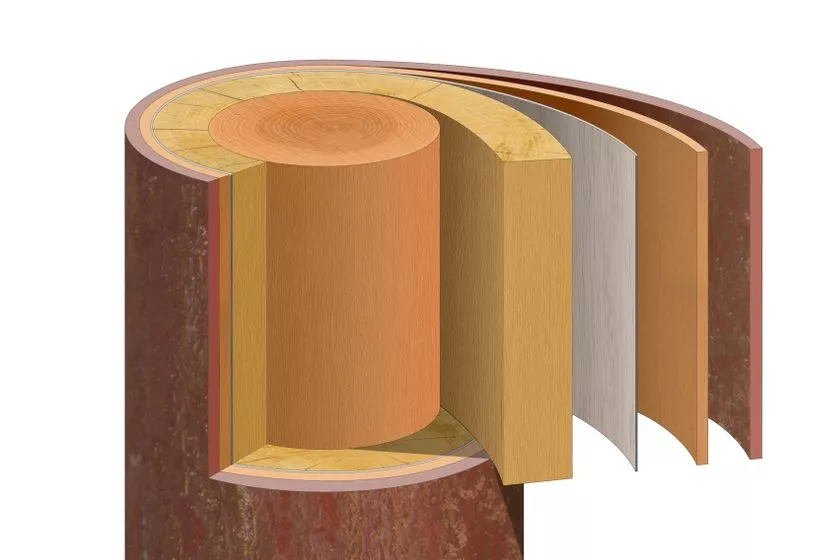If your shrubs and trees develop splendidly in the garden, cambium has done a good job. This background article will familiarize you with the most important functions of cambium for the growth and pruning of your ornamental and fruit trees.
 The cambium is responsible for cell division
The cambium is responsible for cell division
Table of Contents
Show all- Responsible for growth in thickness and wound healing
- Intensive bidirectional cell division during the growing season
- Formation of new wood on the inside and fresh bast on the outside
- Generation of wound tissue after injury to trunk or branches
Responsible for growth in thickness and wound healing
Botanists define the cambium as a dividing tissue consisting of embryonic cells. One of the control centers for the growth of shrubs and trees is hidden behind the scientifically sober definition of the term. As shown in the figure below, the cambium is located just below the bark between the bast and the wood. The cambium ring fulfills these tasks:
The cambium ring is the only layer that forms new tissue in the trunk and branch. The sapwood with elongated vessels develops from the cells released inwards. These pathways transport water and nutrients from the roots to the leaves. Over time, tannins are deposited, so that the sapwood hardens into heartwood and takes on structural functions. Valuable bast, which also has pathways, develops from the cells released to the outside. Here reserve substances flow from the leaves into the roots. The outer, old layer of bast turns into the visible bark.
At lacerations, cambium becomes callus
Another key function in the growth of trees and shrubs, cambium takes over the healing of small and large injuries, such as after pruning or storm damage. The process can be recognized by the bulge-like tissue that forms along the edges of the wound. A special wound tissue, called callus, gradually develops from the exposed cambium. Over time, the newly formed callus tissue overgrows the open wound to protect it from pathogens and the elements.

New tissue forms exclusively in the cambium. The thin layer between the bast and the wood is responsible for the thick growth in a tree.
tips
The smoother the wound edges, the better the healing process will be after a pruning. Cuts are smoothed with a sharp, disinfected knife to allow cambium tissue to convert to callus and overgrow the open wound. Following a winter pruning, apply a thin layer of tree wax to the wound edges to protect the cambium ring from frost damage. In the rest of the year, wound treatment is unnecessary.